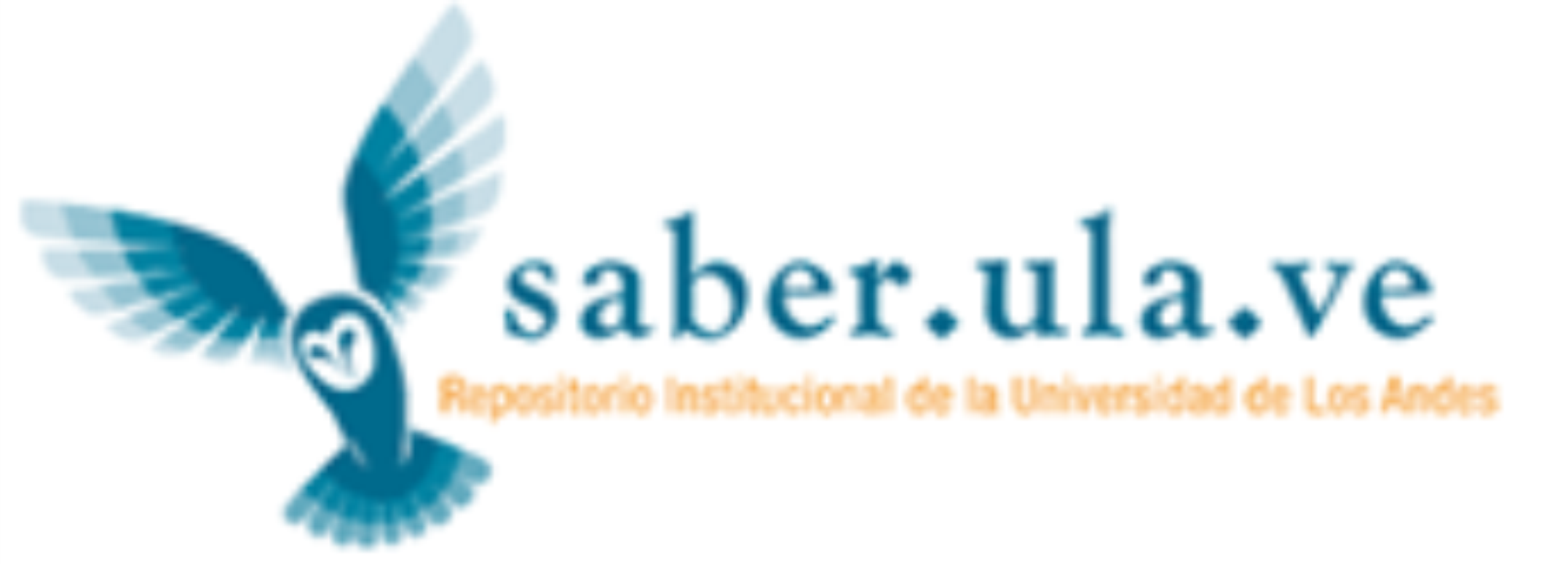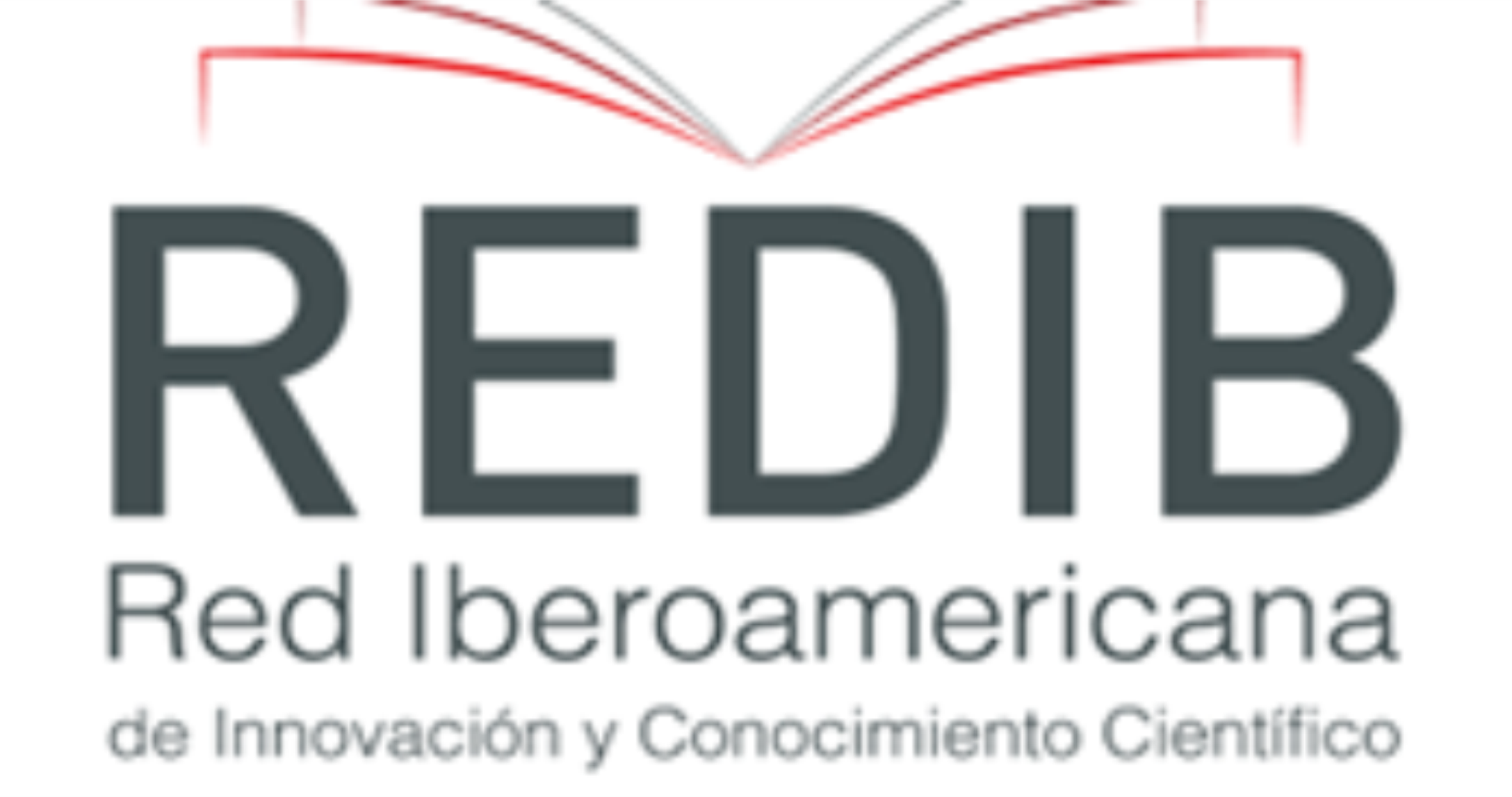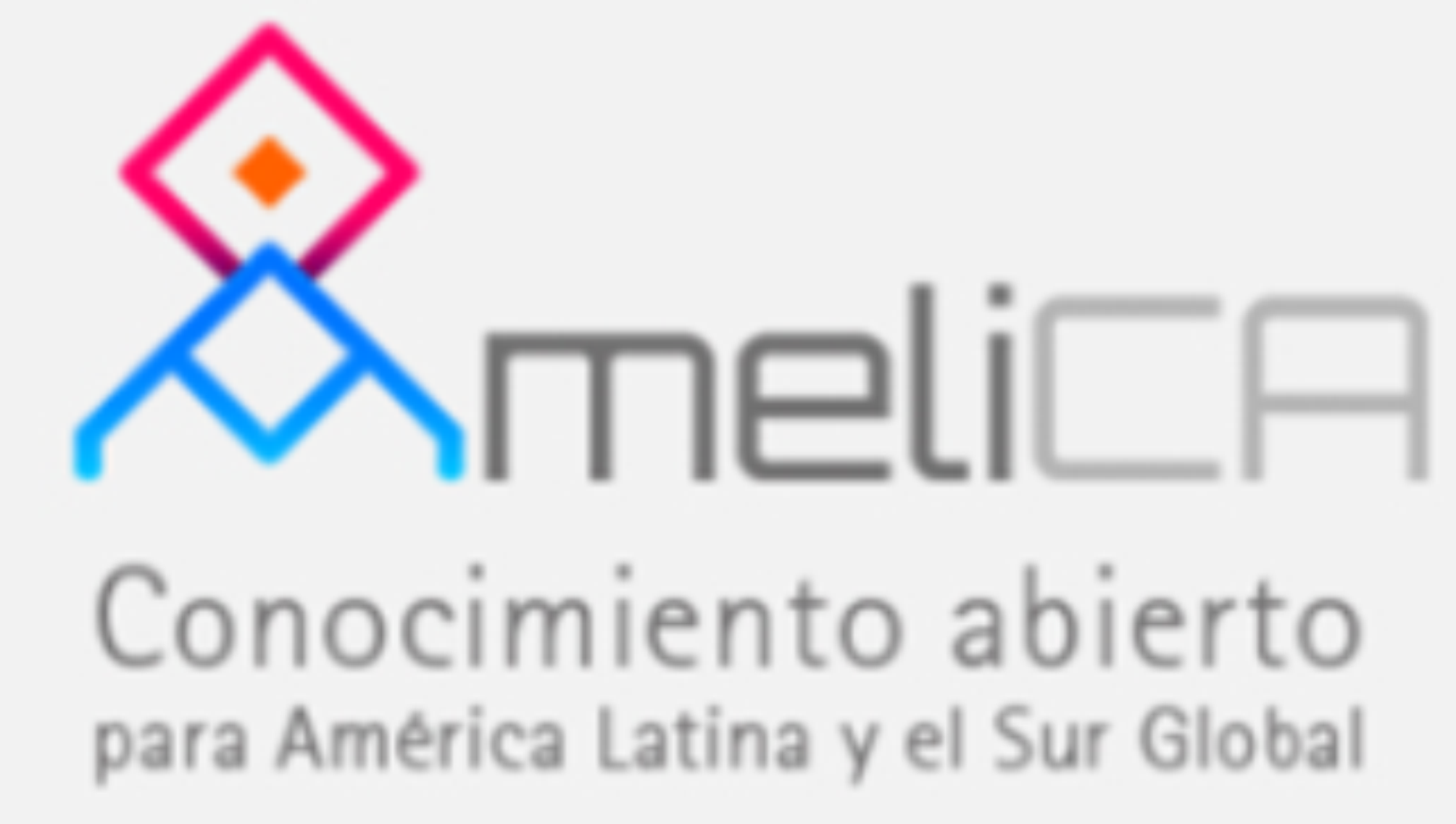ECONOMIC AND FINANCIAL EDUCATION AS A FACTOR FOR IMPROVING THE QUALITY OF LIFE
DOI:
https://doi.org/10.56219/lneaimaginaria.v2i20.3746Keywords:
Quality of life, financial well-being, financial inclusion, economic and financial educationAbstract
The reflection of this essay was aimed at thinking about the relationship between economic and financial education-EEF and the quality of life of individuals, families and other social groups. In that sense, the relationship that this type of education has with the consolidation of financial well-being, or financial health (as assumed by some authors or organizations), was raised, with financial well-being being a specific dimension among the multiple dimensions that encompasses the concept of Quality of Life. Likewise, the relationship between EE&F and financial inclusion, a strategy adopted by many countries, as a key factor to promote their economic development. All these concepts or dimensions end up being related, with a view to a single objective: to ensure that individuals and families, in addition to small and medium-sized businesses, properly manage their finances, which really contributes to their general well-being, thus achieving better levels. quality of life, both on a personal, family and social level. The methodology used was documentary, gathering information from various sources to support the argument. The results show that financial and economic education has a substantial relationship with improving the quality of life, and hence the importance it has taken on by governments as a strategy for their development.
Downloads
References
Aranibar, E.R., Ríos, K.J. y Zanabria, L.C. (2023). Educación financiera desde un enfoque cienciométrico y revisión sistemática de literatura. Aproximaciones recientes y tendencias. Revista Quipuka Mayoc. Enero-Julio 2023. Facultad de Ciencias Sociales UNMSM. http://www.scielo.org.pe/pdf/quipu/v31n65/1609-8196-quipu-31-65-85
ASOBANCARIA (2022). Inclusión financiera en Colombia. Vol II. Ensayos sobre inclusión financiera. Asobancaria.com/wp-content/uploads/Ensayos_sobre_Inclusion_ Financiera_en_Colombia-II.pdf
Banco de Desarrollo de América Latina-CAF (2020). Determinantes del bienestar financiero. Evidencias para América Latina. Serie Políticas Públicas y Transformación Productiva No 36 2020. https://scioteca.caf.com/bitstream/handle/123456789/1617/Determinantes_del_bienestar_financiero_evidencia_para_Ame%CC%81rica_Latina.pdf?sequence=8&isAllowed=y
Duarte Cáceres, Laura Guillermina; Rosado Muñoz, Yolanda Leonor; Basulto Triay, Jorge Humberto Comportamiento y Bienestar Financiero como factores competitivos en el personal académico de una Institución de Educación Superior Mercados y Negocios, vol. 15, núm. 2, julio-diciembre, 2014, pp. 129-146 Universidad de Guadalajara. https://www.redalyc.org/pdf/5718/571863946007.pdf
Gómez, D. A.; Alvarado, R. A.; Martínez, M., y Díaz de León, Christian (2018) La brecha digital: una revisión conceptual y aportaciones metodológicas para su estudio en México. Entreciencias: Diálogos en la Sociedad del Conocimiento, vol. 6, núm. 16, 2018 Universidad Nacional Autónoma de México, México Disponible en: https://www.redalyc.org/articulo.oa?id=457654930005
Hurtado, A y Zerpa, S. (2020). Perspectivas teóricas del estudio de calidad de vida en economía. www.researchgate.net/publication/264196357_Perspectivas _teoricas_del_estudio_de_la_calidad_de_vida_en_economia
López, J.M. (2022). Bienestar financiero y salud financiera. III Congreso de Educación Financiera Edufinet. Realidades y retos. https://edufinet.com/wp-content/uploads/2019/07/WP-7-2022-620.pdf
Ministerio de Educación Nacional-MEN (2022). Orientaciones pedagógicas para la EEF. MEN-Asobancaria. https://www.mineducacion.gov.co/1780/articles-_Orientaciones_Edu_economica_financiera.pdf
Ortiz, E.S., Lobos, G. y Guevara, D. (2019) Factores determinantes del bienestar financiero y sus relaciones con la calidad de vida en una muestra de profesionales de Guayaquil, Ecuador. Información Tecnológica Vol. 30. Pontificia Universidad Católica de Perú. https://www.scielo.cl/pdf/infotec/v30n1/0718-0764-infotec-30-01-121.pdf
Pérez, E. y Titelman, D. (2018). La Inclusión financiera para la inserción productiva y el papel de la banca de desarrollo. CEPAL-Naciones Unidades. https://repositorio.cepal.org/server/api/core/bitstreams/48c62b04-7611-4a61-bd9f-f6dcc5c27c7d/content
Programa de las Naciones Unidas para el Desarrollo- PNUD (2024). Los ODS en acción. https://www.undp.org/es/sustainable-development-goals
Raccanello, K.y Herrera, E (2014). Educación e inclusión financiera. Revista Latinoamericana de Estudios Educativos (México), vol. XLIV, núm. 2, abril-junio, 2014, pp. 119-141 Centro de Estudios Educativos, A.C. Distrito Federal, México. https://www.redalyc.org/pdf/270/27031268005.pdf
Rodríguez, D.A., Castellanos, L.E., López, A. y Esguerra, P. (2024). Educación Financiera. Evidencia de Colombia en un entorno de alta inflación. Borradores de Economía No 1267. https://repositorio.banrep.gov.co/server/api/ core/bitstreams/3552dad8-bf61-4716-8c1a-cbeb82a0314e/content
Ursúa, A. (2012). Calidad de vida: una revisión teórica del concepto. Escuela de Psicología. Universidad de Tarapacá, Chile. https://scielo.conicyt.cl/pdf/terpsicol/v30n1/art06.pdf
Downloads
Published
How to Cite
Issue
Section
License
Copyright (c) 2025 LÍNEA IMAGINARIA

This work is licensed under a Creative Commons Attribution-NonCommercial-ShareAlike 4.0 International License.
La revista Línea Imaginaria conserva los derechos patrimoniales (copyright) de las obras publicadas, que favorece y permite la reutilización de los mismos bajo la licencia Creative Commons Atribución-NoComercial-CompartirIgual 4.0 , por lo cual se pueden copiar, usar, difundir, transmitir y exponer públicamente, siempre que se cite la autoría y fuente original de su publicación (revista, editorial, URL y DOI de la obra), no se usen para fines comerciales u onerosos y se mencione la existencia y especificaciones de esta licencia de uso. Si remezcla, transforma o crea a partir del material, debe distribuir su contribución bajo la misma licencia del original.














